Imado Shrine
Author: Richard Perkins
Photos/Videos Taken: 2022/06/01
Address: 1-5-22 Imado, Taito-ku,
Tokyo,【111-0024】
今戸神社 (imado jinja) is a Shintō shrine in the Taitō ward of Tokyo that’s well-known as a shrine where couples looking to come together and get married go and pray. The two gods that created Japan, 伊邪那岐命 (izanagi-no-mikoto) and 伊邪那美命 (izanami-no-mikoto) are worshipped here. Along with these two gods, 福禄寿 (fukurokuju), one of the Seven Gods of Good Fortune, is also worshipped here. Because of this, Imado Shrine is part of the 七福神巡り (shichi-fukujin meguri) in Asakusa. The shichi-fukujin meguri involves visiting seven temples and/or shrines where the Seven Gods of Good Fortune are worshipped. Usually visited at or around the beginning of the New Year, those that visit each of these seven gods will bring about and have good luck installed upon them.
Imado shrine was built in 1603, near when the Battle of Ōshū broke out. Originally built as 今之津八幡 (ima-no-tsu hachiman), this was a shrine that was made after Iwashimizu Hachimangū Shrine in Kyoto Prefecture divided up some of the gods that it worshipped to be enshrined elsewhere. Built to enshrine those gods, the nearby Hakusan Shrine also became part of Ima-no-Tsu Hachiman soon after. It was at this time that it was renamed "Imado Shrine".
In Japan, there is a wide variety of traditional Japanese handicrafts. These traditional handicrafts are decorative objects, many of which resemble toys. One such traditional handicraft is what’s known as a 招き猫 (maneki-neko), lit: beckoning cat. As its name implies, this cat always raises a paw as if it were beckoning to someone. This cat holds a different meaning depending on which paw it raises. If it’s raising its left paw, it's trying to draw in people (customers). If it's raising its right paw then it’s trying to bring about/increase one's money. From time to time you’ll see a maneki-neko raising both paws, symbolizing that it's trying to draw people in and increase one’s money. However, it’s more common to see a maneki-neko raising one of its paws rather than both. As one can imagine, this is a traditional Japanese handicraft often used in businesses. You’ll find this particular handicraft near the cash register in a shop or restaurant.
Across Japan, there are a few temples and shrines that are said to be where the maneki-neko originated. One of those shrines is Imado Shrine (or the area around where Imado Shrine now lies). In the area surrounding this shrine, there used to be a type of ceramics (known as 今戸焼—imado-yaki) that was made here. It’s said that the maneki-neko may have originated here because, along with producing a variety of ceramics, maneki-neko were also produced.
Imado shrine is about a fourteen-minute walk from Sensōji Temple (a well-known tourist spot in Tokyo). Despite not having much to see, Imado Temple is a great place to learn about an aspect of Japanese tradition. After visiting the Sensōji Temple be sure to stop by here, you’ll learn about another part of Japan while experiencing a part of its traditional culture.
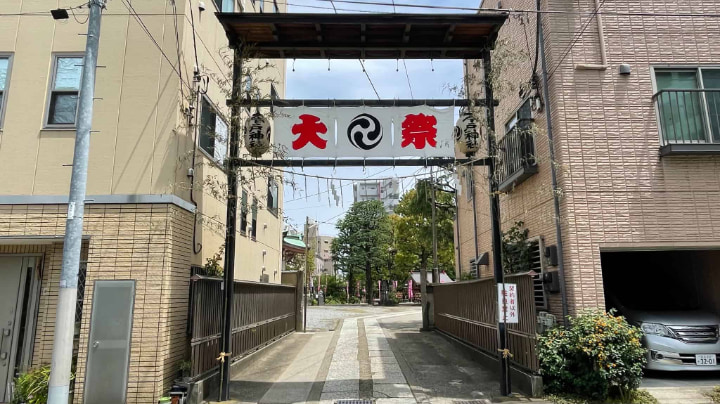

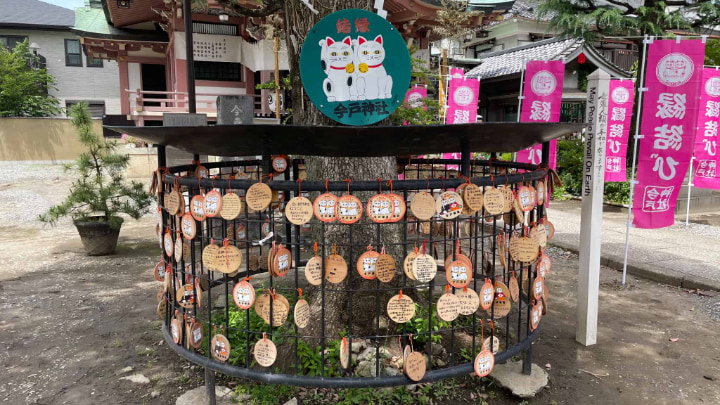
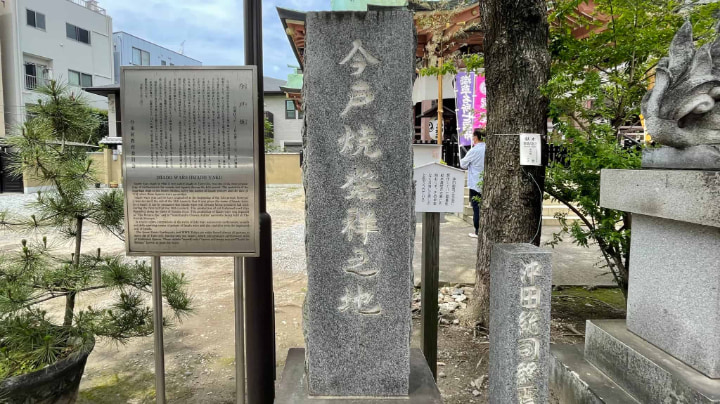
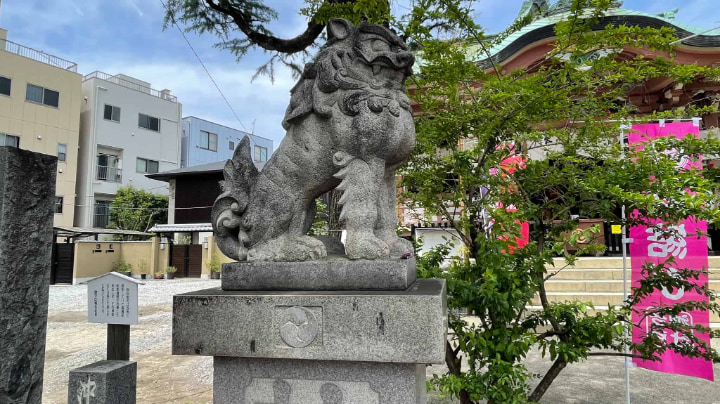
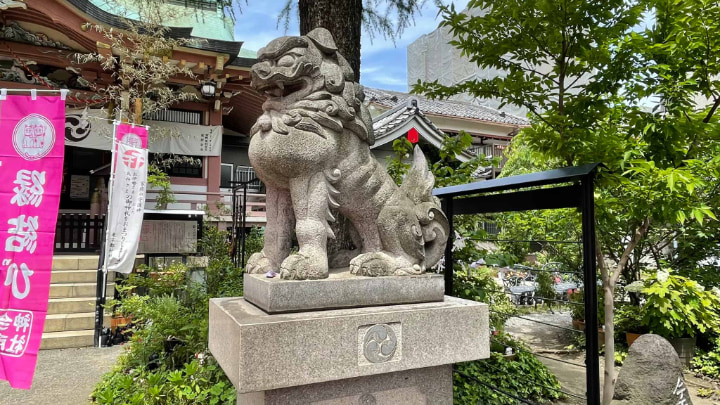
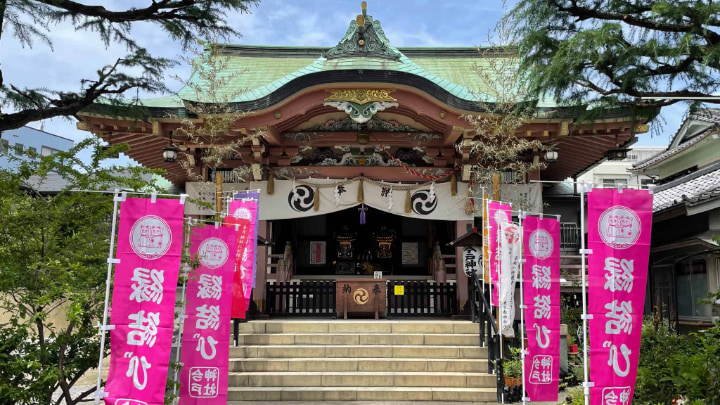
1/2